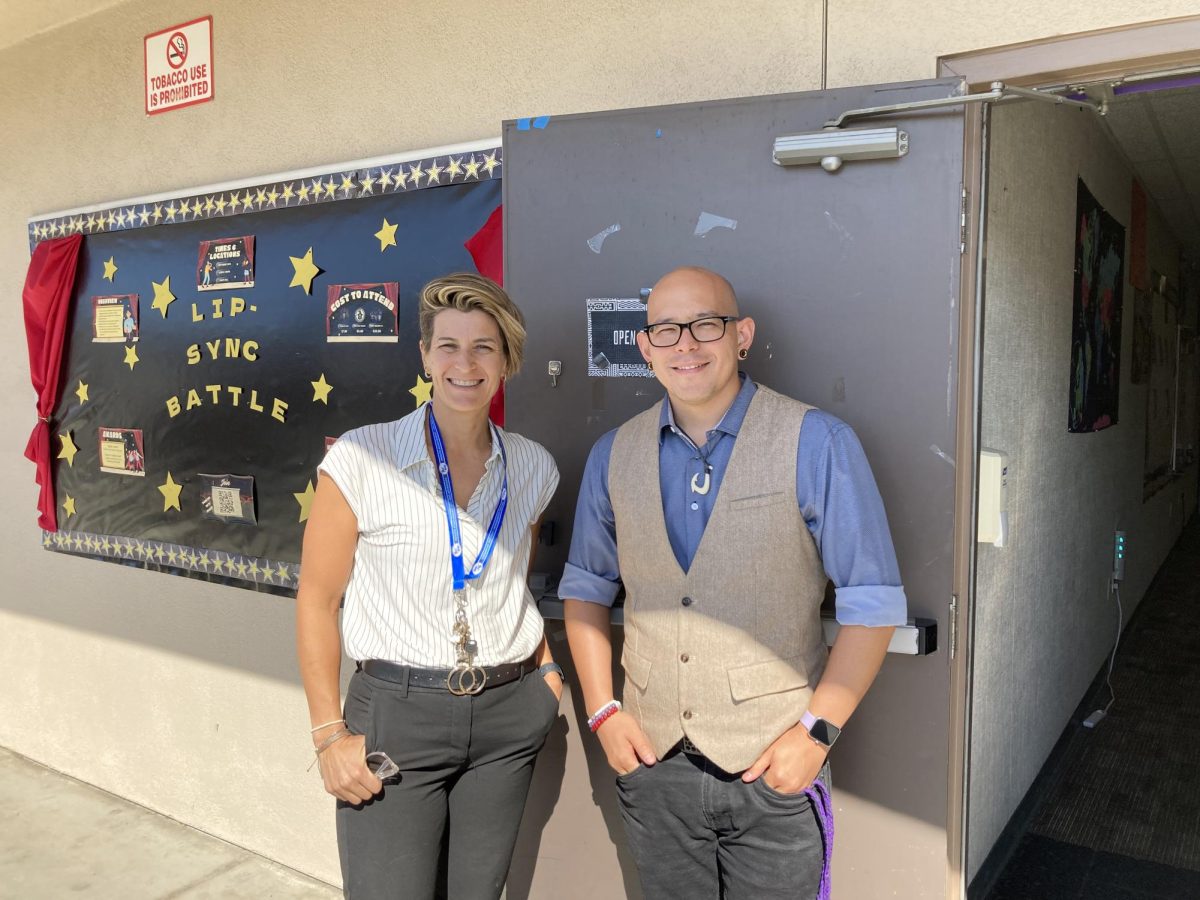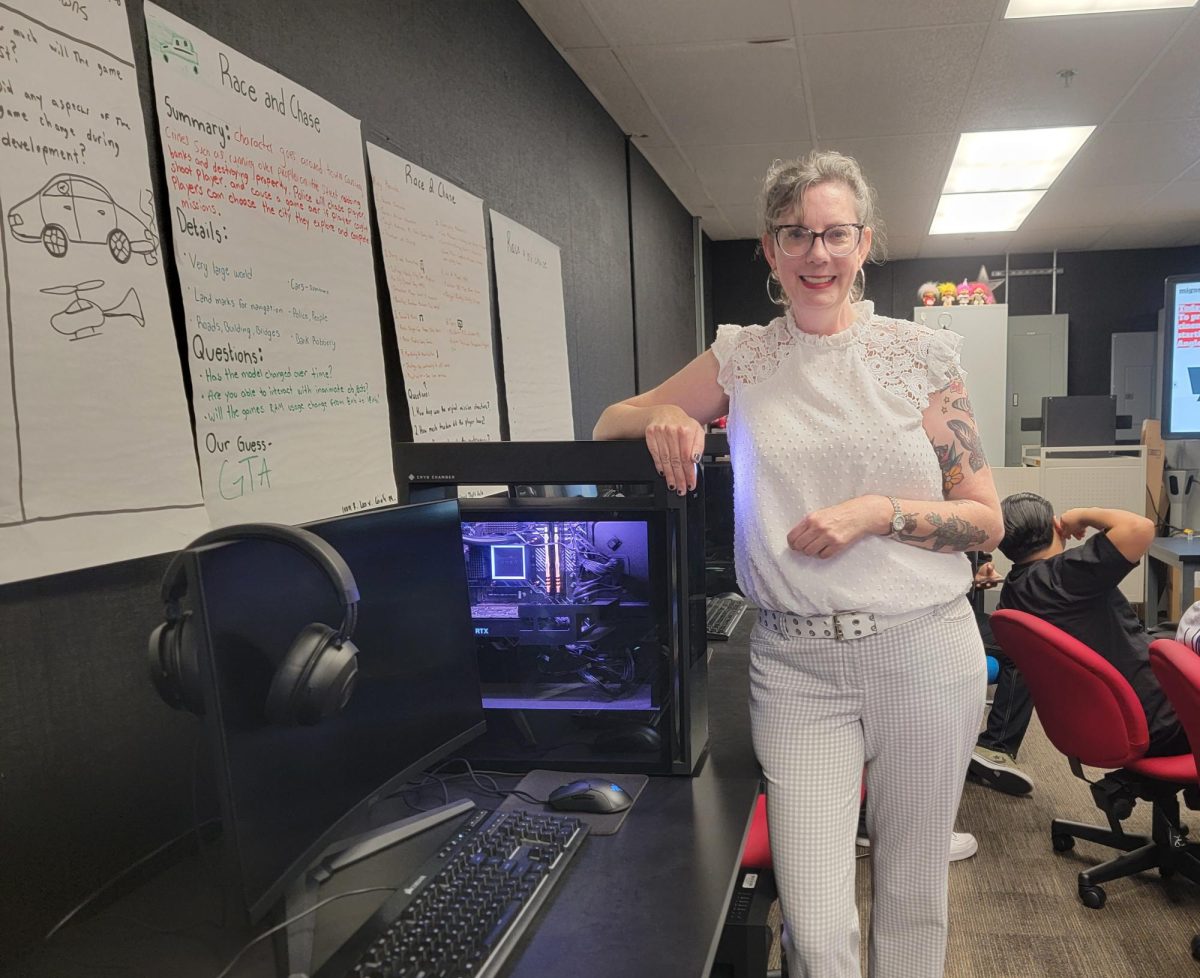Imagine a classroom without a window, lacking natural light that breathes life into our daily routines. The only light available is from the ceiling fluorescent lights. It’s a reality many students face in a school environment.
In the field of education, the physical environment plays a key role in shaping the learning experience. One aspect that is often ignored is the availability of natural light or the absence of it. Unfortunately, many schools now have a common sight– classrooms with covered windows.
Natural light greatly influences our mental well-being. A 2015 study, “The Impact of Day Lighting in Classrooms on Students’ Performance,” by Ammar Saddik Dahlan and Mahmoud Ahmad Eissa revealed that being exposed to natural light in a classroom setting helps regulate the body’s internal clock, improves mood, lessens stress, and enhances thinking abilities and student performance.
“In educational buildings, daylight may play an important role in student statues in respect to their mode, health and level of productivity,” the study said.
However, classroom environments with covered windows can lead to feelings of captivity, restlessness, and even uneasiness which hinders learning and harms the physical and mental well-being of students.
Senior Leslie Tovar-Rodriguez responded to a question about whether she noticed any differences in her motivation or engagement in classrooms with more natural light.
“Maybe it made it a bit better. Having some light didn’t feel like I was enclosed in the classroom all day, ” Rodriguez said.
Positive thinking abilities, student performance, and positive feelings in a classroom setting are factors due to accessible light. So it’s no surprise that Rodriguez revealed having light made her performance slightly better.
Although it may not have much of a big impact, it still positively influences students with access to natural light in their classroom setting.
Windows may be covered by school staff for safety reasons or wanting to decrease distractions, which is understandable, but having at least a bit of natural daylight is sufficient for students not to feel as if they’re stuck in a box all day.


































